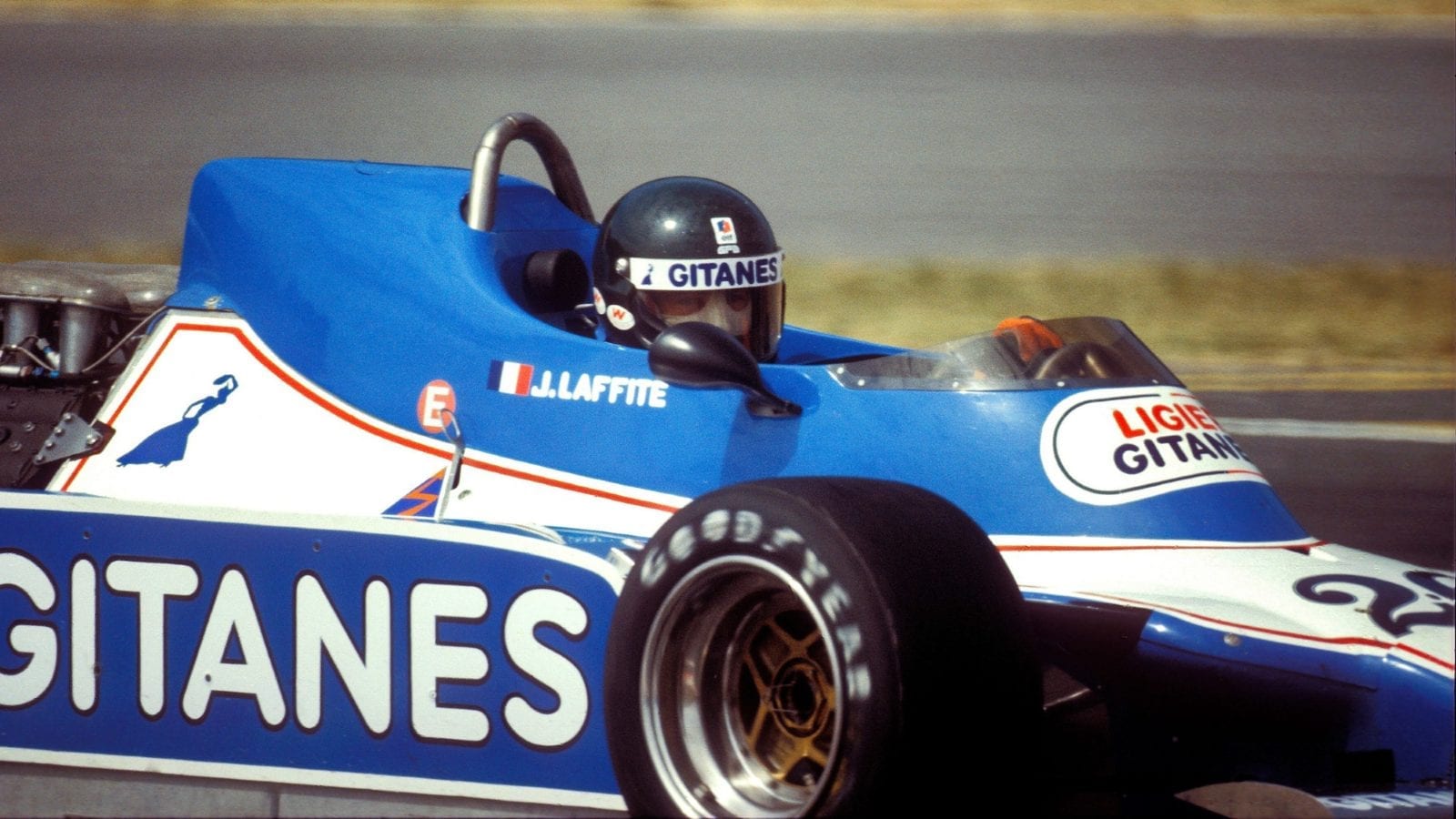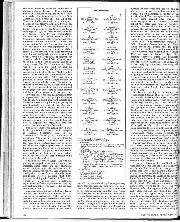For Jacques, it means an enormous change to his life style. He wasn’t too worried about leaving Ligier, because the magic of that seven year relationship was wearing a little thin. He’d experienced good times with Ligier, admittedly, but now he felt it was time for something fresh.
“I think, looking back on it, the great thing about working with Guy was that we had the chance to prove that an all-French team could be competitive. I mean, the Matra engine had raced before, but now it was racing in a French car at a time when British machines were, apart from Ferrari, setting the pace. Ours was the first French F1 car on the contemporary Grand Prix scene, and, inititally at least, I had a good working relationship with Guy Ligier. We had a sympathetic atmosphere in the team and we made a lot of progress. “To start with, however, I lacked race experience. I don’t think that Matra V12 ever had the torque of the Cosworth V8, though I don’t believe there was much in it in terms of out-and-out power. By the end of 1977 I reckon I had sufficient experience to run at the front — that win in Sweden was a great morale booster for me — and my confidence was growing all the time.”
However, the Matra V12 wasn’t the only power unit tried by Ligier over the years. At the end of 1978 the French team owner decided he would switch to Cosworth DFV power. More seriously from Laffite’s point of view, however, he decided to bring Patrick Depailler into the team as joint number one driver. It was a move calculated to produce a degree of tension, and although Laffite opened the season with wins in Buenos Aires and at Interlagos, the situation was hardly what one would describe as cosy. “I remember that as being a particularly difficult period for me,” says Jacques reflectively, “from two points of view. Firstly I felt that the team didn’t really have the resources available to field two number one cars and I wondered if the team was really trying to indicate that they’d lost some of their confidence in me. I suppose that’s a familiar situation for any driver who has been in a single car team, with everybody working for him alone, for several seasons and then finds another rival brought in when the outfit expands to run an extra entry. I never felt that I’d got a problem with Patrick on a personal level, but it was a rather difficult spell trying to adapt my mind to the new conditions.”
That little partnership was abruptly terminated mid-way through the 1979 season when Depailler was badly injured in a hang gliding accident during the F1 calendar’s mid-season break. Laffite recalls his subsequent single-minded recovery with a degree of obvious admiration, a triumph of mind over matter which seems such a tragic waste of effort, in retrospect, as Patrick was to die in an Alfa Romeo testing accident at Hockenheim the following summer just as he’d recovered to reach peak physical fitness at last.
For the 1980 season Laffite’s partner at Ligier was the introspective, almost dour, Didier Pironi. By that time Laffite was warming to the idea of working within a two-car team and freely acknowledges that he had no problems whatsoever with Pironi.
“I think I’d got the message that having a team-mate was something of an advantage with interchange of information,” he remembers, “and, of course, you’ve got to remember that Pironi was significantly less experienced than I was.” But while Jacques accepted the principle that a two car team was better than a one car arrangement, he always seemed happier at Ligier when his number two was his junior. He enjoyed his season in partnership with Eddie Cheever, for example, but wasn’t in the least daunted with his reversal of roles when he joined Williams. After years of holding sway in his pre-eminent position with the French team “where everybody always used to say that the whole thing is built round me”, he relished the challenge of a fresh environment at the start of this season.




